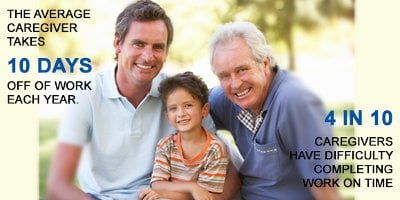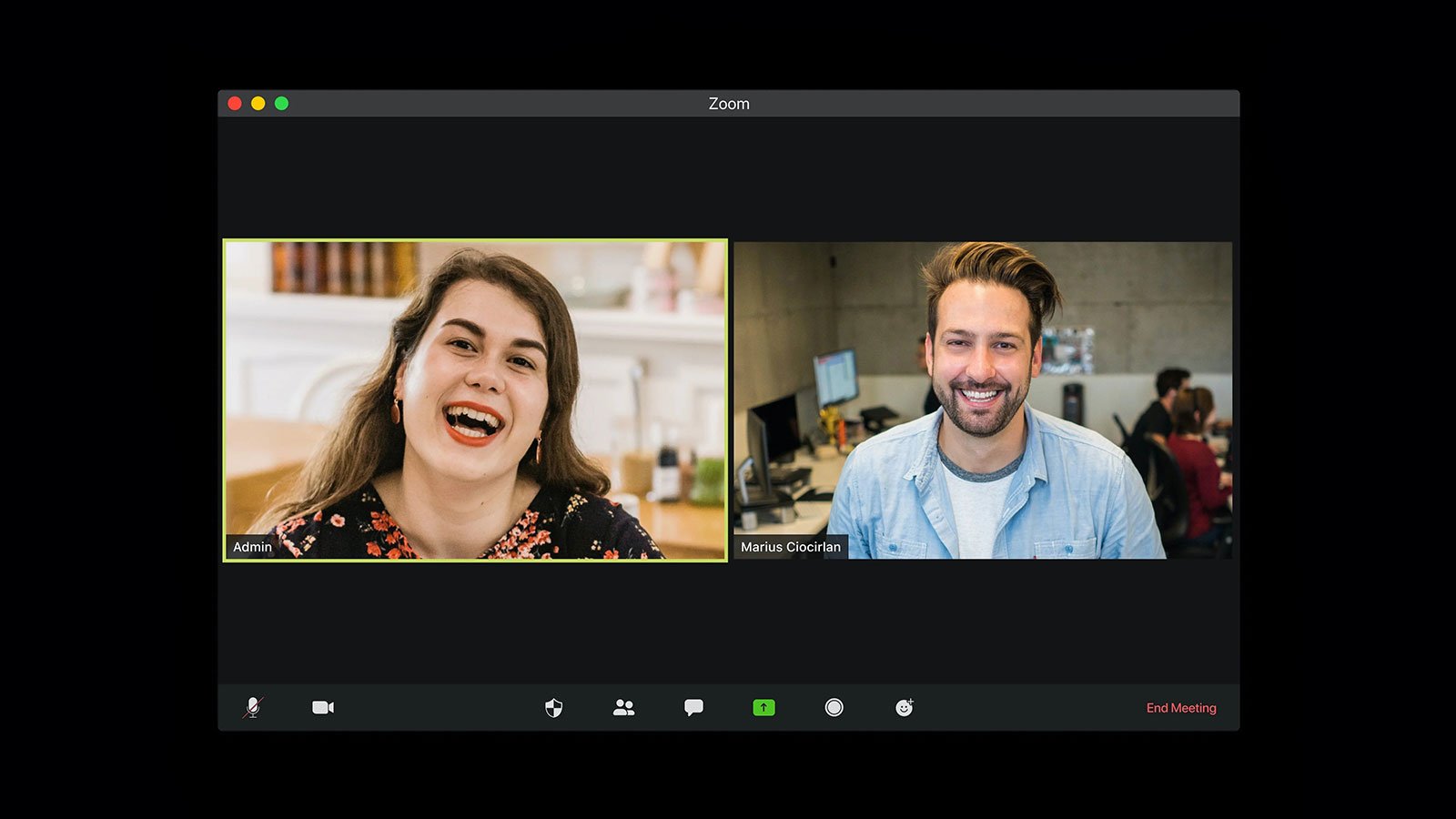“I am Your Employee Caregiver” Series

The evidence is clear – today’s employees are struggling. The challenges facing this “sandwich generation” are greater than ever before. These employees are balancing work demands, “normal life” responsibilities, as well as the added potential effort of caring for children with a variety of complexities and often elderly loved ones. Employers have a workforce that is tired, stressed and distracted. This not only hurts the employee, but also financially impacts their company in areas of retention, absenteeism and health care costs, to name a few. What is happening? Who are these “sandwich generation” employees? At Torchlight, we know these individuals well, and we feel it’s time you meet some.
First- What is the Conversation?
Thought leadership and conversation around employers addressing their employees’ caregiving demands is getting louder and louder in the marketplace. Why? Because the personal life dynamics for employees of all ages – regardless of generational descriptor – are now incredibly complex, time consuming, expensive and impacting their emotional and physical health. The aging US population coupled with people having children later over the past two decades has created the situation of “the sandwich generation”: individuals caring or preparing to care for their elderly relatives while still raising children. Additionally, the complexities of raising children have increased with the documented rise in ADHD and autism, screentime and social media fears, the opioid epidemic, rise of single parent and other diversely structured households and the essential requirement of dual incomes in households.
Why is this important to a business? Ceridian’s formal study in 2015 found that while modern caregiving absolutely takes a financial, emotional and physical toll on employees, the impact to employers is $38.2 billion in lost productivity annually. This fiscal loss is due to absenteeism, lack of presenteeism, decrease in retention, suffering health of the employee, as well as the hidden healthcare costs for the one being cared for, which often unnecessarily hit the employer’s’ insurance plans.
In addition to their formal work hours, this informal job clocks in an additional 29 hours of their time during the week. And of critical note is that two out of five employees feel that this situation has caused strain with them and their employer. Employees are using up sick time, vacation time and FMLA (costly to an employer) and certainly are using time on the clock to do caregiving calls and errands only possible during business hours. They are distracted, exhausted and just not able to give their job what it deserves. Many leave the workforce feeling as if there is no other option. It is becoming an ugly spiral.
There are a growing number of studies, such as the newly released report in September 2017 by the Transamerica Institute, documenting the wide range of employee ages being impacted and the growing strategic challenge this will become for companies. The data has been documented by numerous groups over the past decade. And while some innovative companies have truly embraced the opportunity to care for their employee caregivers, why do those of us in the industry still hear at times, “but we don’t have enough caregivers in our workforce.”

Who are the Informal Caregivers?
I ask you – Who is the informal employee caregiver? The simple and most truthful answer is “Everyone.” The stats show that 70% of people who identify themselves as an “informal caregiver” of a child or an elderly relative work a full or part time job. The Transamerica report spells out clearly that this group “includes men and women of all ages, ethnicities, income levels and employment status.” People are caring for their children, a older family members or a spouse. Many feel that to be a caregiver, it must involve special needs or a chronic situation. These are, of course, common and a major component of the caregiver population.
Yet, life happens, and often unforeseen, acute situations arise, which force an employee into a sudden caregiving situation. Also, quite honestly, the economics of today, the digital era and other social challenges in society have greatly impacted parents/adult children’s ability to focus at work on a daily basis.
Meet Your Employee Caregivers
Over the course of the coming weeks on Thursdays, we’ll be showcasing the personal stories of some real, employee caregivers. These are just everyday people. Some of us work here at Torchlight. Some are just employees in a variety of companies who have submitted their stories for our blog.
Read. Learn. Identify. We are guessing that some of the stories will sound very close to home. Begin to meet “your” employee caregivers this Thursday.



